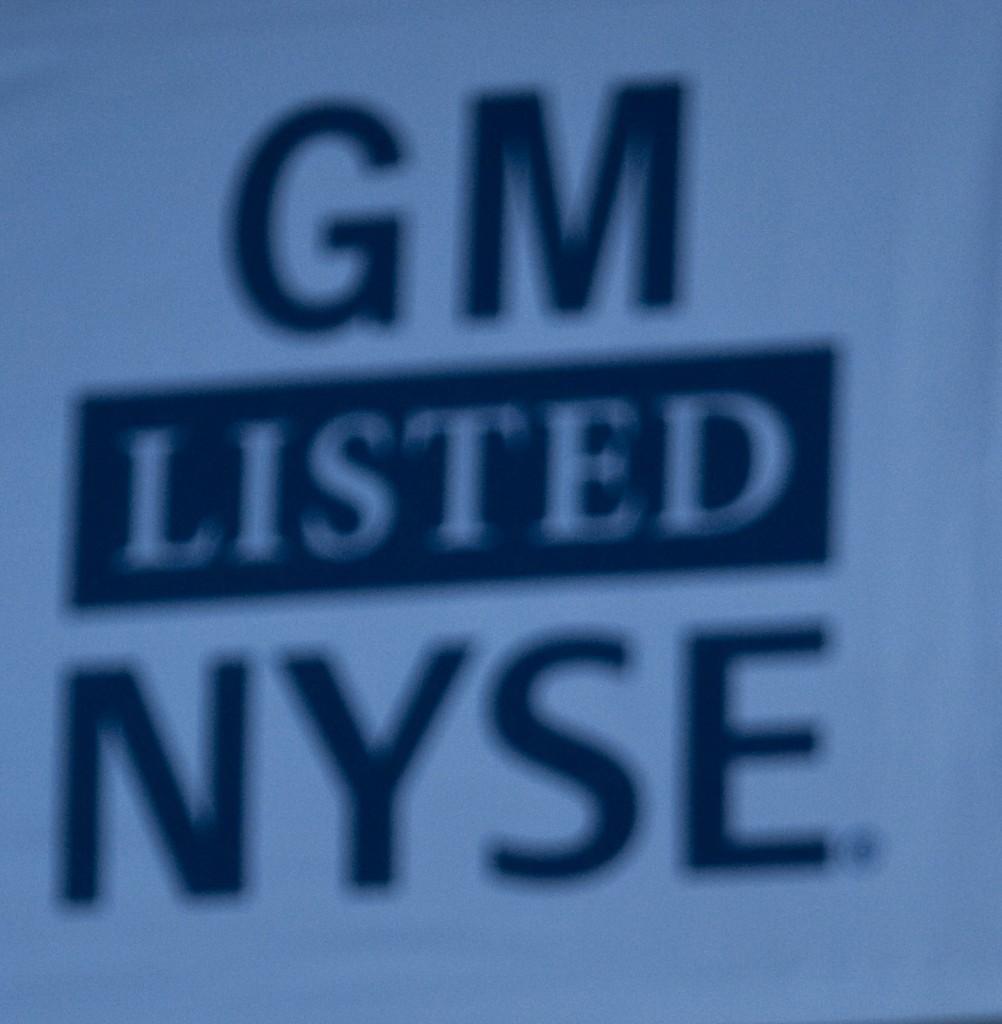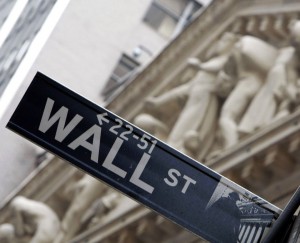Companies nowadays have an alternative method in gaining brand awareness of their product. It’s not by bombarding commercials during your favorite TV Shows or movies, instead, they just put their products in those shows or movies! One of the reasons why companies have minimize commercials on TV is probably caused by two reasons; Companies know that people or audiences do not normally watch commercials and they know that the investment made through television commercials won’t generate a significant return. Therefore, it would be easier and somewhat safer for companies to just subtly sell their products through movies or television shows.
Most TV series and movies are now part of a marketing strategy for companies to indirectly sell their product to their audiences. Examples of such TV series are CBS’s Hawaii Five-O and AMC’s Mad Men. Hawaii Five-O, a police procedural-drama series is actually a remake of an original series that aired from 1968 to 1980. The remake version of Hawaii Five-O premiered on September 2010 and it is still an on-going show. Mad Men, an original show by AMC tells a story of “Mad Men”, a term coined in the 1950’s that’s usually directed to the advertising executives of Madison Avenue, New York. Both of the TV series are slowly trying to sell products to their audiences. How obvious or how subtle companies are trying to sell their product can be seen through these short clips.
Let’s see how obvious Subway has made their product placement in this Hawaii Five-O episode
In that short video, Kamekona (played by Taylor Wily) is an enormous Hawaiian restaurant owner (the big yellow shrimp food truck) who is trying to lose some weight, and his solution is by eating the Subway’s famous Footlong sandwich. Kamekona implicitly stated that by eating Subway sandwich can lead to healthier life and possibly losing some weight. Kamekona even made a reference to Jared Fogle (click to view full story), a real person (not a character), who was probably as big as Kamekona (Taylor Wily) who went on a Subway diet and eventually losing a lot of weight. Here’s a picture of before and after:

This is an example of how Subway is trying to send a message to the audiences that eating their sandwich or doing the “Subway diet” can give a huge contribution on how an oversize person can obtain his or her ideal weight. In that Hawaii Five-O episede, Kamekona also mentioned how tasty Subway sandwiches are. Ideally, a person who is trying to lose weight, he or she has to compromise the flavor of the food, meaning that they can only eat salad or even unseasoned meals (no salt and pepper). However, through this product placement, Subway is also trying to send a message that people who are trying to lose weight do not have to sacrifice the flavor of the food. As Kamekona said it “But this Subway sandwich… So Ono.” (Ono means delicious in Hawaiian). Subway has disregard subtlety in this product placement, they literally want the audience to feel and think that by eating Subway sandwich can lead to an enormous weight loss.
Moving to another TV series, Mad Men has brought a message regarding Lucky Strike’s tobacco quality and how they are different compared to their competitors

In that video, Lucky Strike is trying to convey a message about their cigarettes through the character of Don Draper, an advertising guru. As the people from Lucky Strike are confused on how to advertise their cigarettes since their’s are linked to fatal diseases, Don Draper used this as an advantage to come up with a new Lucky Strike identity. As one of the people from Lucky Strike said “It’s Toasted“, Don Draper used that phrase as their slogan. Hence, Lucky Strike is trying to convey that as their competitors’ cigarettes are toxic and poisonous, Lucky Strike’s cigarettes are toasted.
Here’s another video of how Lucky Strike used the character of Don Draper to sell their cigarettes.

That clip comes from the first episode of Mad Men. The portrayal of Don Draper, a well-suited advertising pioneer back in 1950’s, has a certain panache of how he smokes his “Luckies” as he said it on that episode, and that is how Lucky Strike wants the audience to see their product, as a cigarette for the wealthy and successful. An article written by the UK’s Daily Mail (click to view full article), the Mad Men series has influenced people around the world to buy Lucky Strike cigarettes. The sales of Lucky Strike rose to 33 billion packs from 23 million packs in 2007, the year which Mad Men first aired. This shows that sometimes product placement in television series does work, and now Lucky Strike can enjoy their revenue that they get from all those 33 billion packs purchased worldwide.
Besides television series, movies are also used as a medium for companies to promote their product. The Iron Man movie series (from Iron Man to Iron Man 3) has a strong product placement from Audi. Through out the Iron Man series, Audi has put a strong product placement.

The picture above shows Tony Stark (played by Robert Downey Jr.) coming out of his Audi R8 in the first Iron Man movie

The pircture above shows Tony Stark is driving his Audi R8 in the Iron Man 2

And the picture above shows Tony Stark is driving his Audi R8 away from the reporters.
Through the Iron Man movie series, Audi has given the image to the audience that Audi is car built for wealthy individuals since Tony Stark portrays an extremely wealthy scientist/businessman.
To use media such as TV series and films for companies like Subway, Lucky Strike, and Audi is a method for them to create a bigger and wider brand awareness to the public. There are many more movies that contain product placement (usually one movie may contain product placements from different companies) that are not mentioned here. Subway’s Hawaii Five-O, Lucky Strike’s Mad Men and Audi’s Iron Man movies are examples of how strong product placement can be. I think that TV series and movies has a strong influence in helping companies sell their product as those media can be enjoyed worldwide and creating a worldwide brand awareness.













